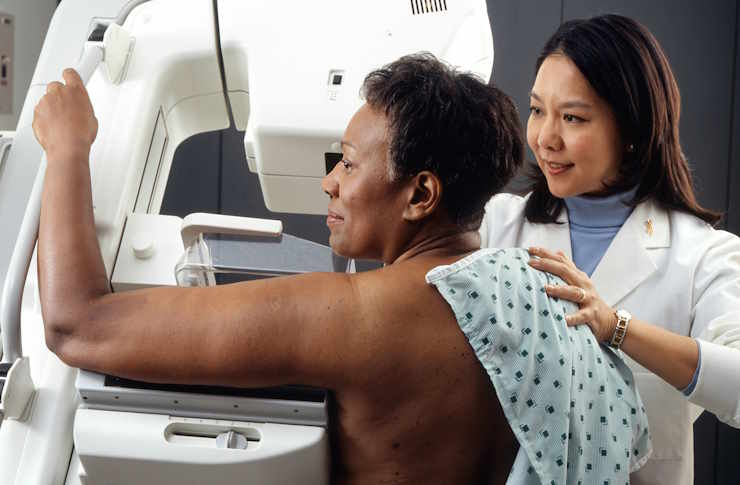The Shift Toward Remote Court Proceedings: An Examination
As technology advances, our society adapts to incorporate these new tools into our everyday lives. The field of law is no exception to this rule. In fact, a significant transformation within the justice system has been spurred by recent developments in technology: the shift toward remote court proceedings. This article will delve into the historical context of this change, identify recent legal and policy developments, and analyze the potential societal implications of this increasingly digital approach to justice.
The Historical Context
For centuries, court proceedings have been conducted in-person, with all parties present in a physical courtroom. This traditional method of conducting court has its roots in the ancient legal systems of Rome and Greece, where public trials were commonplace. Over the centuries, the physical presence of all parties during court proceedings has been seen as essential for ensuring justice, transparency, and public scrutiny.
However, with the advent of digital technology, alternative ways of conducting court proceedings have emerged. The concept of remote court proceedings gained traction in the late 20th century, with advancements in telecommunications and video conferencing technology. Despite these advancements, remote court proceedings were, until recently, used sparingly and primarily in circumstances where it was impractical for all parties to be physically present.
Recent Legal Updates and Policy Discussions
The COVID-19 pandemic has acted as a catalyst for the widespread adoption of remote court proceedings. In response to the pandemic, courts globally have had to rapidly adjust their operations to minimize physical contact and maintain social distancing. As a result, the use of video conferencing technology for court proceedings has increased dramatically. In many jurisdictions, new policies and guidelines have been established to facilitate this shift.
For instance, in the United States, the Coronavirus Aid, Relief, and Economic Security (CARES) Act authorized the use of video and telephone conferencing for certain criminal proceedings during the course of the pandemic. Similar measures have been introduced worldwide, signaling a global shift towards remote court proceedings.
Implications and Impact on Society
The shift towards remote court proceedings has significant societal implications. On the one hand, it increases access to justice by eliminating the need for parties to travel, which can be particularly beneficial for those in remote areas or those with mobility issues. It also has the potential to streamline court proceedings, save costs, and increase efficiency.
On the other hand, there are concerns about the potential impact on fair trial rights. These include issues related to the quality of communication, the ability of an accused person to fully participate in their trial, and concerns about transparency and public scrutiny. Furthermore, there are also potential issues related to digital divide and access to necessary technology and reliable internet.
In conclusion, the shift towards remote court proceedings represents a significant transformation within the justice system. This change, accelerated by the COVID-19 pandemic, has the potential to make the justice system more accessible and efficient. However, there are also ongoing concerns about the impact on fair trial rights and public scrutiny. As this trend continues to evolve, it will be crucial to ensure that the benefits are maximized while mitigating potential drawbacks, thus ensuring that justice continues to be served in the digital age.





